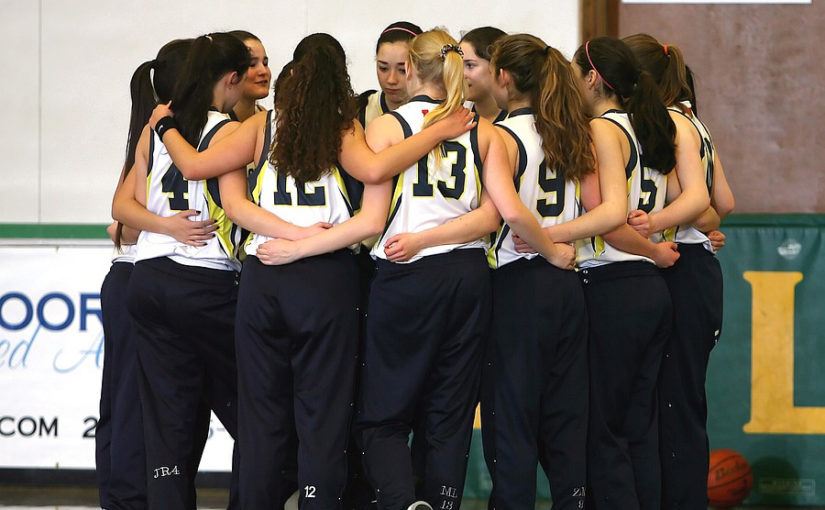Hull’s Home-Field Advantage With A View
At the tip of the peninsula in the town of Hull, Massachusetts, where three bodies of water converge upon a narrow piece of land, you can find the student-athletes of the Hull High School Pirates.
With a sprawling view of the Boston Harbor off in the distance, recreational boaters passing by and the high school tucked just behind the athletic complex, the newly minted field turf at Hull High School is a sight to behold — offering some of the best views for an athletic facility in the country.

The $2.1 million multi-use field turf and walking track officially opened on September 27, 2019, and not a moment sooner. With only 2.8 square miles of land within the town, Hull High School was already working with a small footprint. In fact, the Pirates’ former grass field — worn over time from the usage by their soccer, football, lacrosse, and field hockey teams — wasn’t regulation size, and the soccer team had to play on the road during state tournament games because the field didn’t have the proper dimensions. So when the time came to add in the field turf, the options for placement were between slim and none.
“There was very little space where it could’ve gone. This is where the high school teams play, and this is where it should be,” Paine, in his fourth year as the Pirates AD, said. “The footprint couldn’t have been expanded by a centimeter in any direction. The engineering firm took full advantage of every piece of space they had.”
Now, not only can Hull host a game while conducting a practice on the other side of its field, but the possibility of hosting neutral site state tournament games and other youth and travel sporting events is real.
“It’s like we’ve done a complete 180 from having to travel for ‘home’ playoff games to looking into hosting tournaments,” he said. “Especially in the springtime. What a great place to go on a Thursday or Friday evening to watch a high-level playoff game.”
And more than just providing a top-notch facility for the athletic community in the Bay State, the new field is also helping to keep youth athletes playing in town. Previously, the Hull youth lacrosse program didn’t have a sufficient space for the team to practice and had to bus the kids to Cohasset, the town next over. The new field will have a big impact on youth lacrosse, baseball, soccer, and softball, presenting an opportunity to interact with high school student-athletes and, hopefully, creating a public school pipeline.
The school funded the new athletic field through a bond where 50% will be paid by the school department and the other half paid for by the town without an increase in taxes, Paine said. Running around the perimeter of the field is a community walking track, where residents are welcome to take advantage of the new addition and the beautiful views that come with it. The track is open Monday through Friday from 6 AM to 6 PM for the public.

Paine recalled the former field as “skeptical at best” and “filled with goose-poop”. There were corners of the football field completely dark during night games due to an outdated lighting system. As he put it, “if any town was in need of a new athletic field, it was Hull.” The installation of the field turf included a Shockpad layer under the turf surface that’s added to reduce the risk of concussions in athletics. They ripped down the old lighting systems and installed Musco LED energy-efficient lights. The difference has been light and day, he said.
“[Playing night games] is like playing in the day now,” Paine said. “Musco was the most expensive option, but in the long run, we decided they were the most cost-effective to operate. I worked with them previously, and just the ability to dim the lights and control the lights in a way that can shine on specific parts of our field and work independently of each other.”
With the field tucked at the tip of the peninsula, and winds — and sometimes ocean spray, depending on the tide — rushing in from all sides, the Pirates certainly have an upgrade in their home-field advantage. Although picturesque moments are had at sunset on warm evenings, there are plenty of rougher elements players will have to endure in the later fall months and early spring season — where rugged weather conditions and raw temperatures dominate.
“When you get in the late fall and early spring and there are 30 miles per hour winds and high tide, you get frozen solid,” Paine said. “But our kids would rather play in those conditions and instead of the perfect conditions. It’s a huge home-field advantage.”
Just the way a pirate would want it.





